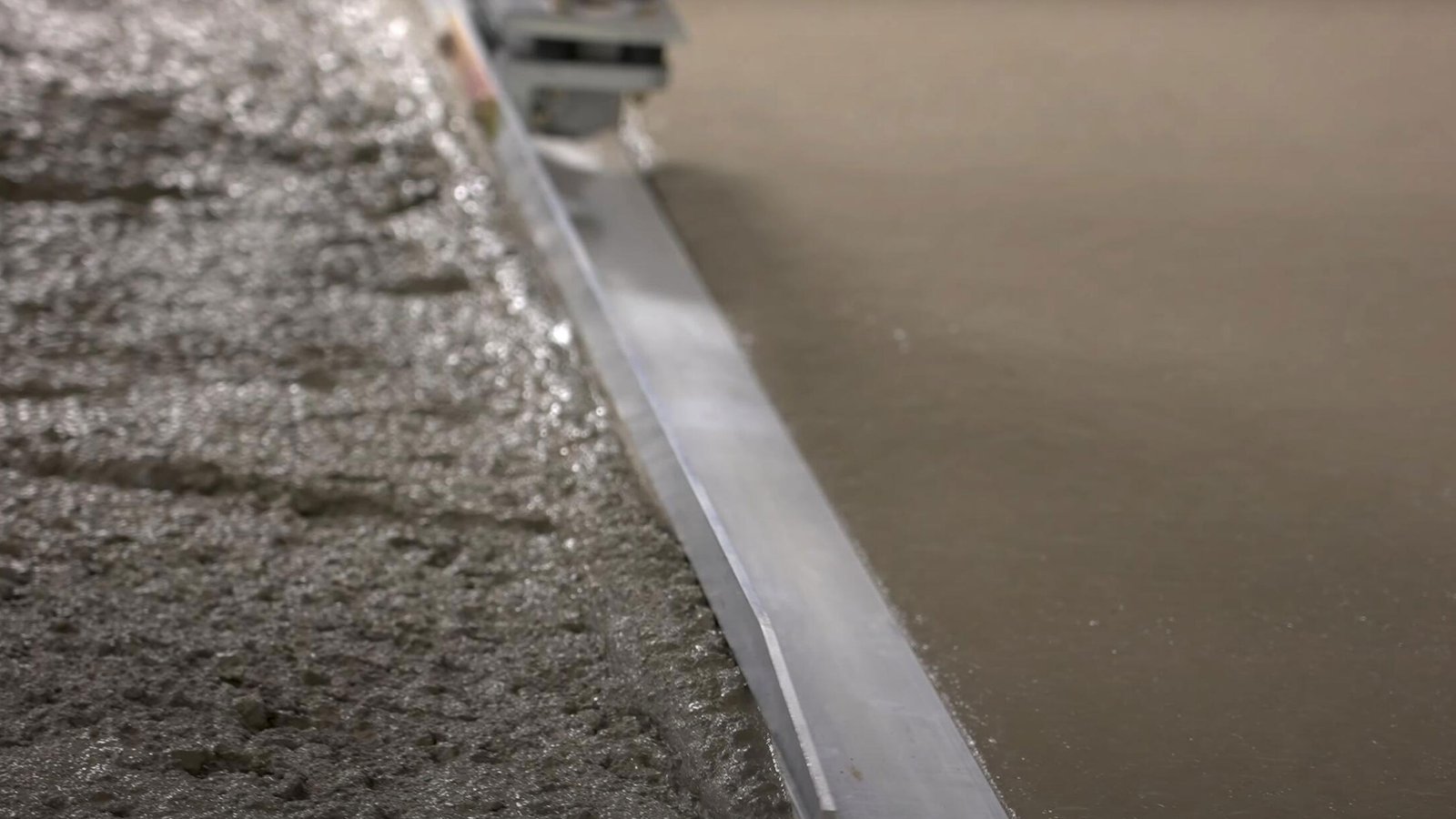To provide an example, consider the scenario of pouring a concrete slab in the tropical climate of Manila, only to encounter uneven surfaces that result in delays to the project and increased costs. Sound familiar? Did you know that 70% of concrete slab failures in the Philippines stem from improper screeding? As a contractor with 12 years of experience in Southeast Asia, I’ve seen firsthand how the right screeder can make or break a project.
In this guide, I’ll walk you through the 5 most widely used concrete screeders in the Philippines, their pros and cons, and price ranges tailored to local budgets. Whether you’re smoothing a driveway in Cebu or a high-rise floor in Bonifacio Global City, this is your blueprint for precision and efficiency.

What Is a Concrete Screeder?
A concrete screeder is a tool or machine used to level freshly poured concrete before it sets. Think of it as the “comb” that removes excess material and creates a flat, uniform surface. In the Philippines, where tropical climates accelerate concrete curing, screeding must be fast and precise to avoid cracks or unevenness. Screeders range from simple manual tools to GPS-guided laser systems, each suited to specific project scales and budgets.
5 Types of Concrete Screeders in the Philippines
1. Hand Concrete Screeder
Best for: Small residential projects (e.g., driveways, walkways).
A hand screeder is a basic but essential tool, typically a straight aluminium or magnesium beam (3–5 meters long). Contractors manually drag it across wet concrete using a sawing motion. While affordable (₱3,000–₱8,000), it requires skilled labour to avoid “humping” or depressions. In my experience, hand screeders work well for tight spaces but struggle with large slabs due to fatigue. Pro tip: Use a vibrating hand screeder (add ₱2,500) to reduce air pockets in humid Philippine weather.
2. Concrete Power Screed
Best for Mid-sized commercial projects (e.g., warehouse floors).
Powered by gasoline or electricity, these screeders use a vibrating blade to level concrete faster than manual methods. Models like the Allen Power Screeder (₱30000.00–₱60000.00) can cover 10–15 m²/hour. They’re popular in cities like Davao for their balance of speed and cost. However, the noise (85–90 dB) may require ear protection for crews.

3. Concrete Roller Screeder
Best for: Roads and large horizontal surfaces.
Roller screeders use a rotating drum to compact and level concrete. Brands like Somero (₱600000.00–₱2200000.00) are favoured for highways like the NLEX or SLEX due to their 20–30 m²/hour output. The downside? High upfront costs and maintenance. For provincial contractors, renting (₱1500.00/day) is often more practical.

4. Concrete Truss Screeder
Best for: Industrial slabs (e.g., airport runways, ports).
Truss screeders feature a rigid steel frame that spans up to 20 meters, ideal for ultra-flat surfaces. Companies like GOMACO (₱200000.00–₱500000.00) dominate this niche. I’ve used these at Manila’s NAIA Terminal 3—they’re unbeatable for precision but overkill for small jobs.

5. Concrete Laser Screed
Best for: High-precision projects (e.g., hospitals, data centres).
Laser-guided screeders automate levelling with millimetre accuracy. The Laser screed (₱800000.00–₱5500000.00) can finish 50 m²/hour, perfect for Metro Manila’s skyscraper boom. While expensive, they slash labour costs by 40% on large sites.

Comparison Table: Which Screeder Fits Your Project?
| Type | Project Scale | Cost (PHP) | Speed (m²/hour) | Skill Required |
|---|---|---|---|---|
| Hand Screeder | Small residential | 3k–8k | 5–10 | High |
| Power Screeder | Medium commercial | 30k–60k | 10–15 | Moderate |
| Roller Screeder | Roads/large horizontal | 60k–220k | 20–30 | Low |
| Truss Screeder | Industrial slabs | 200k–5.5M | 25–40 | Moderate |
| Laser Screed | High-precision | 800k– | 40–50 | Low (automated) |
Conclusion
Choosing the right screeder isn’t just about budget—it’s about matching your tool to the job’s demands. Are you levelling a backyard patio or a 10,000 m² warehouse? Could automation save you weeks of labour? As someone who’s battled monsoons and deadlines across Luzon and Mindanao, I urge you to weigh long-term value over short-term savings. Do you have questions about screeding in the Philippine climate? Drop a comment below—or share this guide with a fellow contractor. After all, flawless concrete starts with the right edge.
